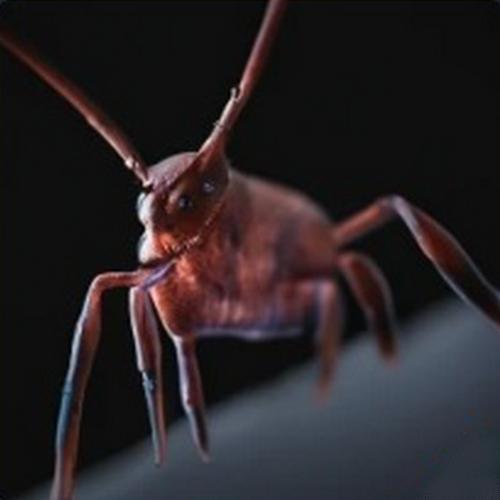Chemical Signaling in Ants
Chemical signaling plays a pivotal role in the fascinating world of ant communication. These tiny creatures have evolved a sophisticated chemical language to convey information within their colonies.
Ants utilize various types of pheromones, which are chemical signals, to communicate with one another. Trail pheromones are used to guide fellow ants to food sources, creating a well-organized foraging system. Alarm pheromones signal danger, prompting a rapid response from the colony to defend against threats. Additionally, colony recognition pheromones help ants distinguish between members of their own colony and intruders.
These chemical cues are detected through specialized antennae, allowing ants to interpret the information encoded in the pheromones. It's a remarkable example of how a simple chemical signal can coordinate complex behaviors in a highly organized social structure. Understanding chemical signaling in ants gives us insight into the intricacies of their social lives, highlighting nature's ingenuity on a miniature scale.
Ants utilize various types of pheromones, which are chemical signals, to communicate with one another. Trail pheromones are used to guide fellow ants to food sources, creating a well-organized foraging system. Alarm pheromones signal danger, prompting a rapid response from the colony to defend against threats. Additionally, colony recognition pheromones help ants distinguish between members of their own colony and intruders.
These chemical cues are detected through specialized antennae, allowing ants to interpret the information encoded in the pheromones. It's a remarkable example of how a simple chemical signal can coordinate complex behaviors in a highly organized social structure. Understanding chemical signaling in ants gives us insight into the intricacies of their social lives, highlighting nature's ingenuity on a miniature scale.




